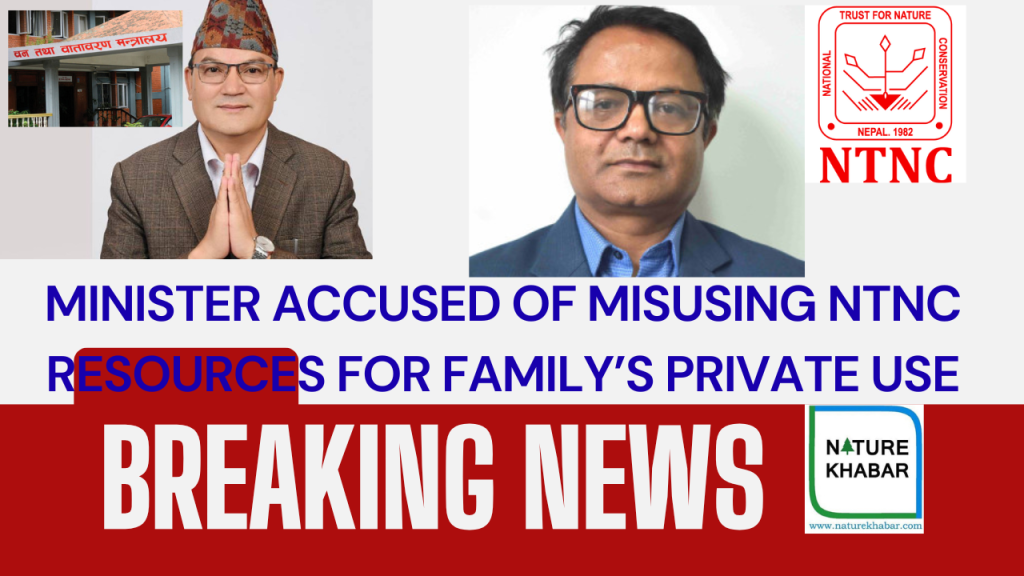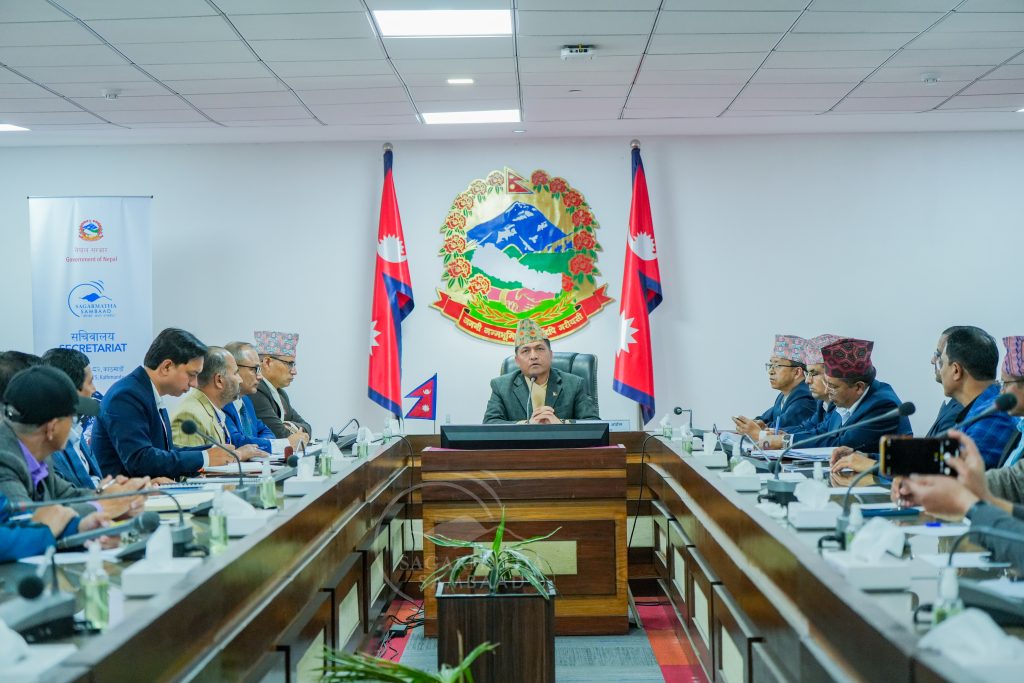Empowering Women Key to Achieving Sustainable Development in the Hindu Kush Himalaya
- Kamala Gurung / Golam Rasul


Empowering women and ensuring gender equality is more than just a development goal. It is vital to advancing human development and achieving sustainable development. Sustainable development will not be possible without girls and women fully realizing their rights in all spheres of life.
The gender landscape has changed positively since the 2000s largely as a result of the Millennium Development Goals (MDGs). Noteworthy progress has been made in reducing gender disparity in education, and participation in economic activity. More girls go to school now than they did 15 years ago, and over 40 percent of women are engaged as paid workers outside of agriculture. Such progress, however, has been uneven across regions and countries. Millions of women have been left behind, and gender inequality remains a serious concern at multiple levels, and in many different forms. The issue is more serious in the Hindu Kush Himalaya (HKH) where gender gap and gender inequality are very high.
Gender equality and women’s empowerment are central to the work and philosophy of the International Centre for Integrated Mountain Development (ICIMOD). The organization is committed to addressing gender equality and women’s empowerment through a gender transformative change approach that is reflected in its policies, strategic plans, and practices. The projects being implemented by the organization aim to impact the most economically deprived, discriminated, and marginalized people, many of whom are girls and women. This is true not just for the HKH, but also other parts of the world. Girls and women continue to suffer discrimination, and the violation of rights just because they are female, ascribed to a gender that is somehow always second.
In the HKH in particular, universally discriminatory barriers include laws, traditions and accesses which bar women from owning and inheriting land in many societies. In the Chittagong Hill Tracts (CHT) of Bangladesh, for instance, one-fifth of the female population cannot inherit property, and virtually none of the Mro and Khyang communities can. In neighbouring Nepal, the national government is trying to encourage land ownership for women through an incentive in the form of tax reductions for land registered in the name of a woman. However, in spite of this policy, the pace at which the share of land owned by women is increasing in Nepali is very slow. Government data based on land ownership certificates from 2011 shows that women have limited land ownership, ranging from 8-10 percent. This averages to less than 0.1 hectares of land per woman per holding. What must be taken into account here is that the absence of claims to property can not only muffle the voices of women, but also make it harder for them to enter and flourish in commercial, economic and even certain social activities.
An important lesson learnt from several decades of gender research is that although gender relations play a critical role in the management of natural resources, women tend to be systematically disadvantaged in terms of access to resources, and decision-making. According to data from the Federation of Community Forestry Users, Nepal (FECOFUN), one of the most successful development initiatives in Nepal, women’s participation as decision makers on the executive committees of community forest user groups (CFUGs) reached an average of only 25 percent of membership in 2012. The numbers clearly indicate that the road to achieving women’s empowerment and gender equality in a manner that prioritizes the well-being of both men and women remains a long and challenging one.
Achieving greater equality between men and women will require a transformation in power relations between men and women and a breaking of structural barriers impeding progress in this area. Sustainable Development Goal 5 which seeks gender equality and empowerment for all women offers an opportunity to embed gender equality into transformative approaches to sustainable development. In order for this promise to be fulfilled, though, policy actions for sustainability must redress the disproportionate impacts of social, economic, and environmental shocks and stresses on girls and women. Women’s agency, potential, and knowledge for collective action can improve resource productivity, enhance ecosystem conservation, encourage the sustainable use of natural resources, and help create more sustainable, low-carbon food, energy, water and health systems. Failure to capitalize on this would be a missed opportunity.
Prioritizing investment in the empowerment of girls and women in the HKH is not only a direct path towards gender equality, poverty reduction and inclusive economic growth, it also ensures that nobody is left behind. An enabling environmental and transformative policy is crucial to ensuring sustainable development, and the social and economic empowerment of women. This would also help accelerate the implementation of existing commitments in the Beijing Declaration and Platform for Action, and support conscious efforts being made to meet SDG 5. It is imperative that we promote and enact legislative and administrative reforms to ensure women’s equal rights to economic and productive resources. This includes women’s rights to inheritance, and access to, control over and/or ownership of land and other property, credit and other financial services, information, and communication technologies.
Kamala Gurung (kamala.gurung@icimod.org) is Gender and NRM Specialist and Dr Golam Rasul (golam.rasul@icimod.org) is Golam Rasul is a Senior Economist and Theme Leader Livelihood at the International Centre for Integrated Mountain Development, ICIMOD.





Feedback